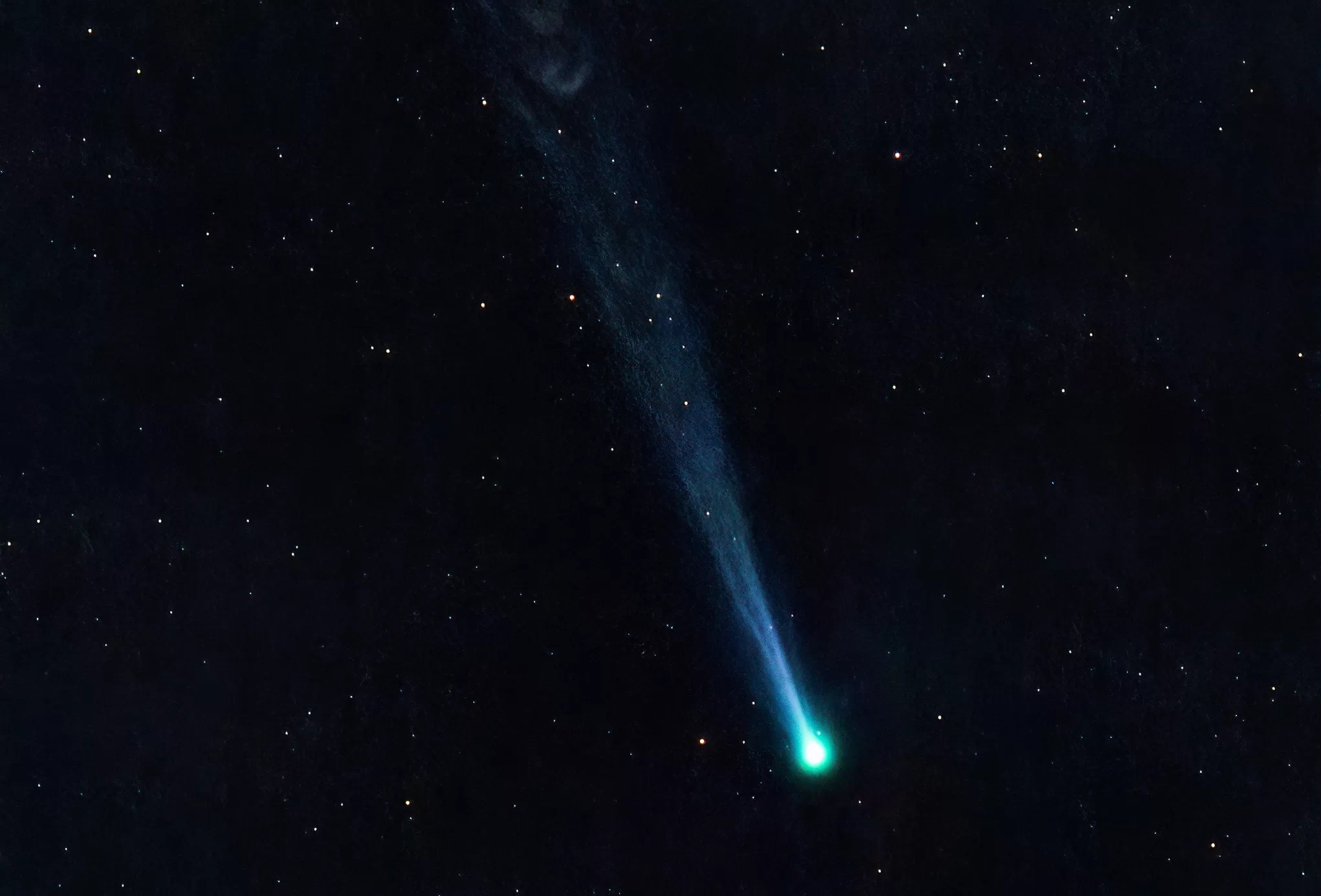

Audio By Carbonatix
How’s this for a once-in-a-lifetime skywatching experience? The recently discovered Comet Nishimura is currently soaring through our corner of the cosmos and will only be visible through Sept. 17 before disappearing for the next 435 years.
Need even more incentive to check out the green-tinted celestial ball of ice, rock and stellar gases? It’s said to be a spectacular sight.
There are also a couple of catches, though: You’ll either have to stay up late or get up early to see Comet Nishimura, as it’s only viewable during the pre-dawn hours. Also, despite being touted as a “naked-eye comet,” you’ll likely need a pair of binoculars to get the best views.
There are a few other tips to keep in mind when searching the skies for Comet Nishimura, including when and where to look.
This year, make your gift count –
Invest in local news that matters.
Our work is funded by readers like you who make voluntary gifts because they value our work and want to see it continue. Make a contribution today to help us reach our $30,000 goal!
Why is it called Comet Nishimura?
Officially, it’s known as Comet C/2023 P1, but its more commonly used moniker comes from the last name of Hideo Nishimura, the Japanese amateur astronomer who first discovered it.
How far away is Comet Nishimura?
According to astronomers, the comet is approximately 78 million miles (or 125 million kilometers) from Earth, so you needn’t worry about it re-creating the climax of “Deep Impact.”
When and where can I see Comet Nishimura?
You should be able to see Comet Nishimura in the eastern-southeastern sky near the constellation Leo and Venus approximately 90 minutes before dawn each day through Sept. 17. Both will be located a short distance above the horizon. Most skywatching apps, including SkySafari and Night Sky, can also help you find the location.
What will viewing conditions for Comet Nishimura be like?
It all depends on the weather. This week’s forecast calls for mostly clear skies each day through Sept. 17, so you have a decent chance for a clear view of the comet. It’s the monsoon season, though, and storms could possibly occur.
Where’s the best location to see Comet Nishimura?
Anywhere with a wide-open view of the horizon and little in the way of mountains, trees, or other landmarks blocking things. As with any skywatching, it always helps to be somewhere with as little light pollution as possible, like on the edge of town or out in the boonies.
Do you need binoculars or a telescope to see Comet Nishimura?
They’d definitely help. As we mentioned, Nishimura isn’t a true “naked-eye comet,” but having a decent pair of binoculars (50mm or better) or a telescope at least four inches in length will assist you in getting as close a look as possible.